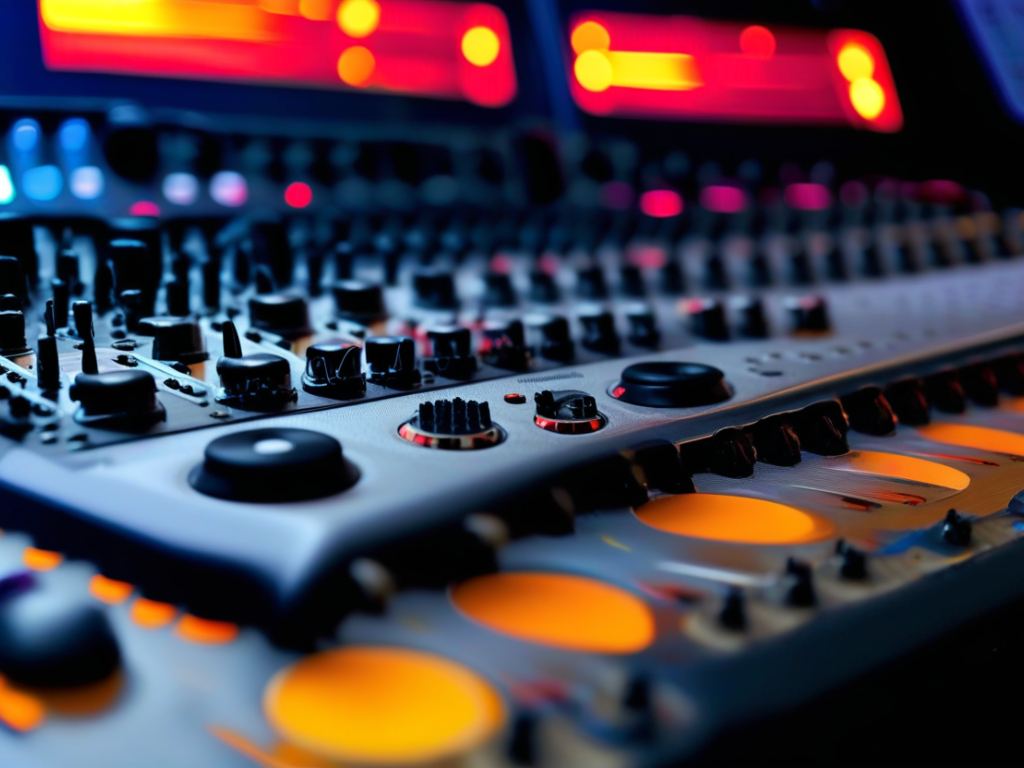As a music enthusiast, diving into the world of mastering EQ settings can be both exciting and overwhelming. Understanding how to fine-tune your audio playback to achieve optimal sound quality is a crucial step towards enhancing your listening experience. In this beginner’s guide, we will explore the fundamentals of mastering EQ settings, demystify the jargon, and equip you with the knowledge to elevate your audio journey.
In this article you will find:
- Understanding EQ (Equalization)
- Types of EQ
- Setting EQ Parameters
- Common EQ Curves
- Real-Life Application
- Practice Makes Perfect
Understanding EQ (Equalization)
EQ, short for equalization, is the process of adjusting the balance between frequency components within an audio signal. Think of it as a powerful tool that allows you to sculpt the tonal characteristics of your music. By manipulating different frequency bands, you can enhance clarity, balance, and richness in the sound.
Types of EQ
There are two primary types of EQ: graphic EQ and parametric EQ. Graphic EQ divides the audio spectrum into fixed frequency bands that can be boosted or attenuated. On the other hand, parametric EQ provides more control by allowing you to adjust not only the amplitude but also the bandwidth and center frequency of each band. Parametric EQ is commonly used in professional audio mastering due to its precision and flexibility.
Setting EQ Parameters
When adjusting EQ settings, it’s essential to approach it methodically. Start by listening to your music in a neutral setting, then identify areas that need improvement. Experiment with different frequency bands to understand their impact on the sound. Subtle adjustments can make a significant difference, so take your time to fine-tune each parameter.

Common EQ Curves
Understanding common EQ curves can guide your adjustments. A low-pass filter reduces higher frequencies while a high-pass filter cuts lower frequencies. A bell curve boosts or cuts a specific frequency band, while a shelf curve adjusts all frequencies above or below a set point. Each curve serves a unique purpose in shaping the overall sound.
Real-Life Application
Imagine you’re listening to a track with muddy bass. By using a parametric EQ, you can pinpoint the problematic frequency range and attenuate it, restoring clarity to the low end. Similarly, boosting the high frequencies can add sparkle to vocals or instruments, enhancing the overall brightness of the mix.
Practice Makes Perfect
Mastering EQ settings is a skill that develops with practice. Don’t be afraid to experiment and trust your ears. Over time, you’ll become more attuned to subtle nuances in sound and confidently tailor your EQ settings to suit different genres and personal preferences.
Remember, mastering EQ settings is about enhancing the music, not altering it beyond recognition. Use EQ as a tool to bring out the best in your favorite tracks and create a listening experience that resonates with your unique taste.

